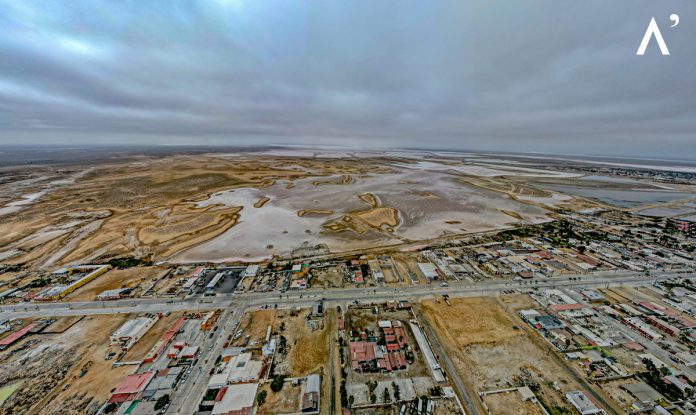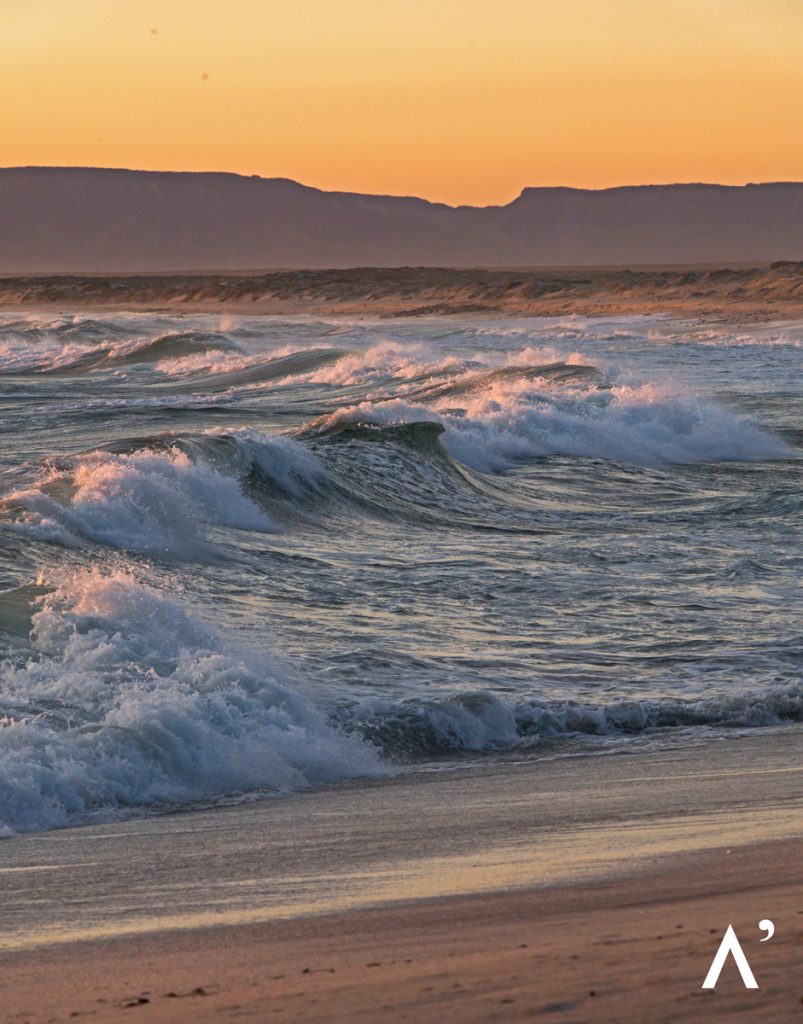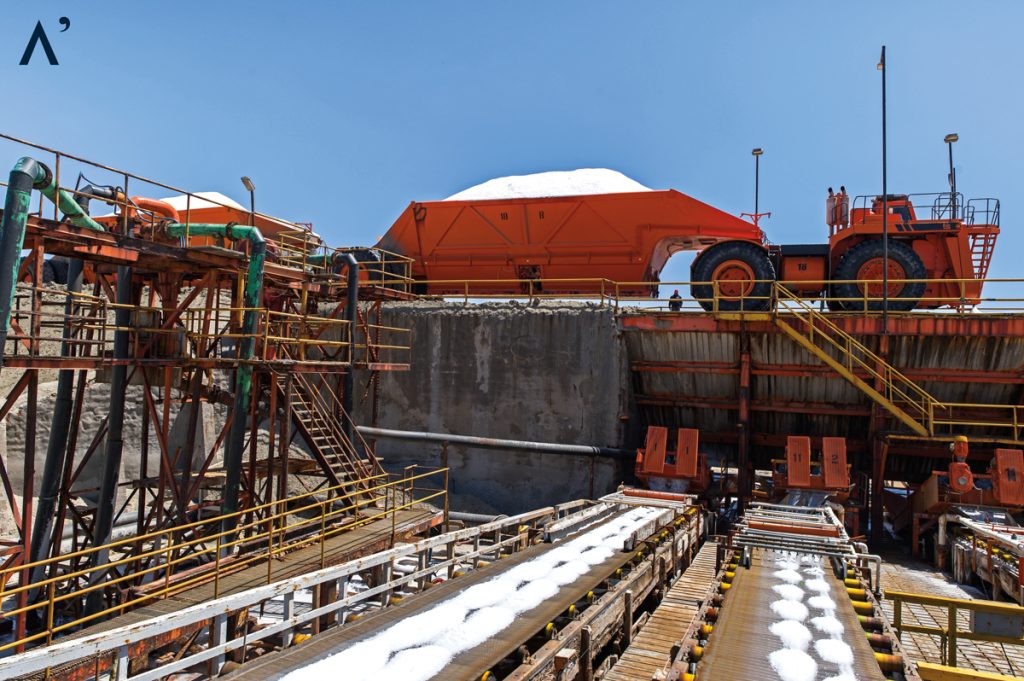Black Warrior: The Birth of A Settlement
The “Black Warrior” is the name of an English whaling ship carrying gold and silver. It sank in 1850 off the coast of a part of the Pacific Ocean. Because of this event, the town has been called Black Warrior since 1957. The town is currently the leading producer and exporter of an average of 7 tons of salt annually.
The story began during the second half of the 19th century with the first incursions of foreign whalers into the Ojo de Liebre Lagoon. Its discoverer, Charles Melville Scammon, began these incursions between 1855 and 1860, distinguishing himself by hunting many grey whales.
The Export Commission of Baja California provides another account of the town’s origins. According to a report from 1886, it was revealed that there had been covert salt exploitation until 1873. Records from 1884 of abandoned facilities indicate an initiative by the federal government to establish a customs section in the area. These facts demonstrate the historical practice of looting in the region.
1926 is considered the date of the establishment of a couple from the region, Miguel Aguilar Murillo and Fidelia Leyva Tapia, who were the true founders and settled in the site known as Playa Miguelito.
In 1954, the federal government granted a concession to exploit the salt mine. Operations began under the leadership of North American businessman Daniel Ludwin, who initially operated from camps. As the company established itself, population growth was encouraged to form the town as it exists today.
The specific location where salt is extracted is situated 12 km away from the town of Guerrero Negro. In 1957, the process of harvesting, transporting, and shipping salt through the port commenced. The significant progress led the company to establish an elementary school, followed by a secondary education facility. Additionally, Dr. Sergio Noyola Miranda was employed to provide medical services to the workers. In 1959, the workers formed the Sindicato Único de Trabajadores Salineros, Similares y Conexos for their protection. Over time, the exploited area expanded, producing more than 7 million metric tons of salt annually.
In 1972, with the establishment of the municipality of Mulegé, Guerrero Negro was declared a municipal delegation. For the first time in 1981, it won its governors’ election and gained representation in the H. Congress of Baja California Sur,
with the recognition of a local deputy. In 1988, Guerrero Negro achieved city status, marking a significant milestone in urban development. The inaugural Festival de la Ballena Gris in 1993 and the subsequent establishment of the Universidad Autónoma de Baja California Sur building in 1995 symbolize the continuous progress and growth of the community.
Thus, Guerrero Negro has become the fantastic city full of stories that we are visiting today. The growth of the commercialization of the world’s largest salt mine promises even more in terms of culture, tourism, and progress.
Source: Diccionario Sudcaliforniano. History, geography, and biographies of Baja California Sur, Mexico, Gilberto Ibarra Rivera (Instituto Sudcaliforniano de Cultura, Government of the State of Baja California Sur, National Council for Culture and the Arts, 2016).









